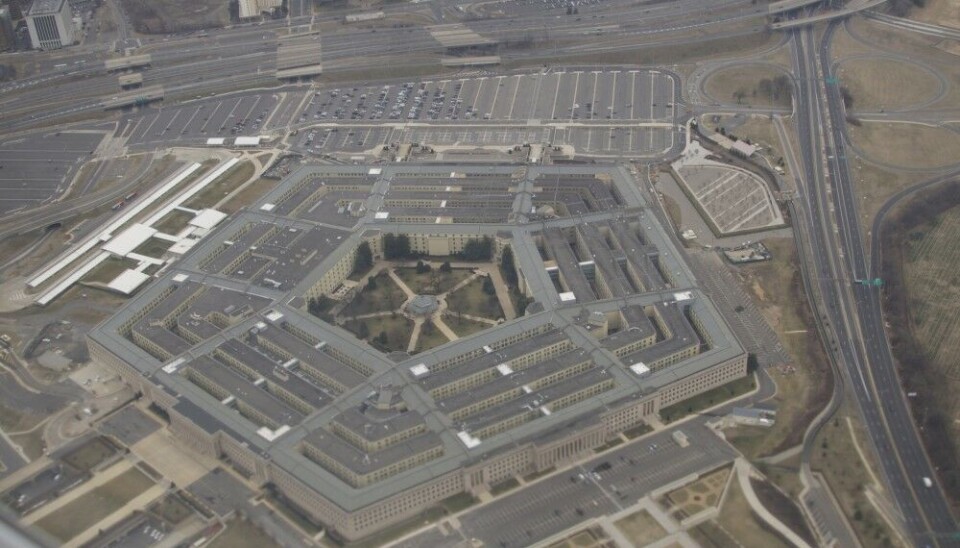
Space takes centre stage in U.S. Department of Defense Arctic strategy
Facing new threats and growing challenges in the Arctic, the U.S. Department of Defense spotlighted improving space-based capabilities in its updated Arctic Strategy released this week.
“Climate change and shifts in the geostrategic environment drive the need for a new strategic approach to the Arctic region,” the strategy, released on July 22, said.
“This strategy will strengthen the ability of the United States to build integrated deterrence and effectively manage risk to U.S. interests in the Arctic region by enhancing our domain awareness and Arctic capabilities; engaging with Allies, partners, and key stakeholders; and exercising tailored presence.”
Canada key partner
Ground-based Arctic radar systems struggle to detect low-flying, terrain-mapping long-range cruise missiles, while hypersonic weapons, traveling at speeds five times the speed of sound, are nearly impossible to intercept due to their speed and maneuverability.
Both China and Russia have heavily invested in these advanced capabilities. To counter these threats, over-the-horizon radar systems are crucial for early detection, allowing NORAD more time to respond before missiles reach their targets. Canada has announced increased investment in this technology to bolster its defense.
The Department of Defense also highlighted that a key part of their strategy includes further boosting space-based missile warning and surveillance for comprehensive Arctic coverage.
“DoD will prioritize efforts in the North American Arctic in cooperation with Canada, while also enhancing capabilities with Allies and partners in the European Arctic,” the strategy said.
Better communications
In addition, Russia and China have also increased their Arctic cooperation in recent years in areas ranging from energy investment to Coast Guard cooperation as well as shipping, something the strategy said has the potential to “alter the stability and threat picture” of the region.
“Though not an Arctic nation, the PRC is attempting to leverage changing dynamics in the Arctic to pursue greater influence and access, take advantage of Arctic resources, and play a larger role in regional governance,” the document said.
“Russia seeks to carry out lower level destabilizing activities in the Arctic against the United States and our Allies, including through Global Positioning System jamming and military flights that are conducted in an unprofessional manner inconsistent with international law and custom.
“Russia also has a clear avenue of approach to the U.S. homeland through the Arctic and could use its Arctic-based capabilities to threaten the ability of the United States to project power both to Europe and the Indo-Pacific region, constraining our ability to respond to crises.”

Given these dynamics, better communication and infrastructure will be a priority going ahead, the strategy said.
The Arctic’s communication challenges, due to unreliable satellite coverage, are being tackled with a major push for new satellite technology and partnerships with commercial firms to boost data flow, the Department of Defense said.
This is vital as advanced combat aircraft, expected to increase in the region by the 2030s, will require continuous, real-time communication and the capability to reliably process enormous amounts of data, the Pentagon said.













